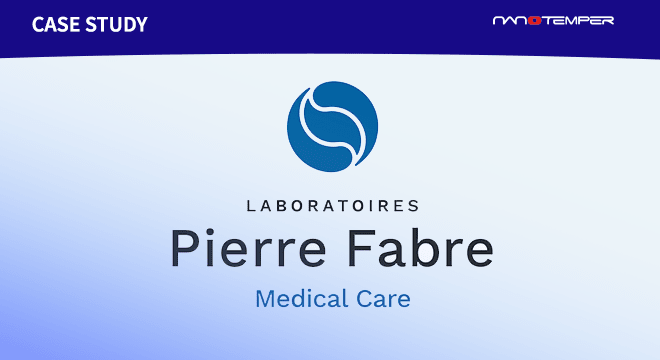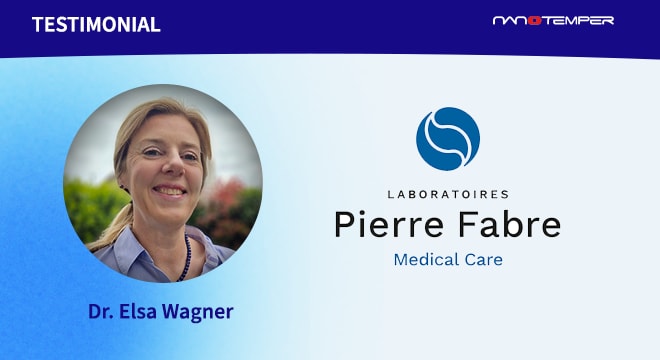Biologic therapeutics developed during early discovery workflows must retain their functionality once it is time to manufacture and deliver them to customers. Researchers in these early phases of development have many parameters they profile to better predict the long-term behavior of their candidates, including the self-interaction parameter kD. It is a useful indicator of whether aggregation or viscosity issues will manifest upon scale-up and packaging for clinical use.
The DLS capabilities of Prometheus Panta enable researchers to accurately measure the kD of their formulations and find the conditions that reduce the chances of aggregation at high concentrations. Read this technical note to better understand how formulation and concentration has an impact on the behavior of biologic candidates.


















